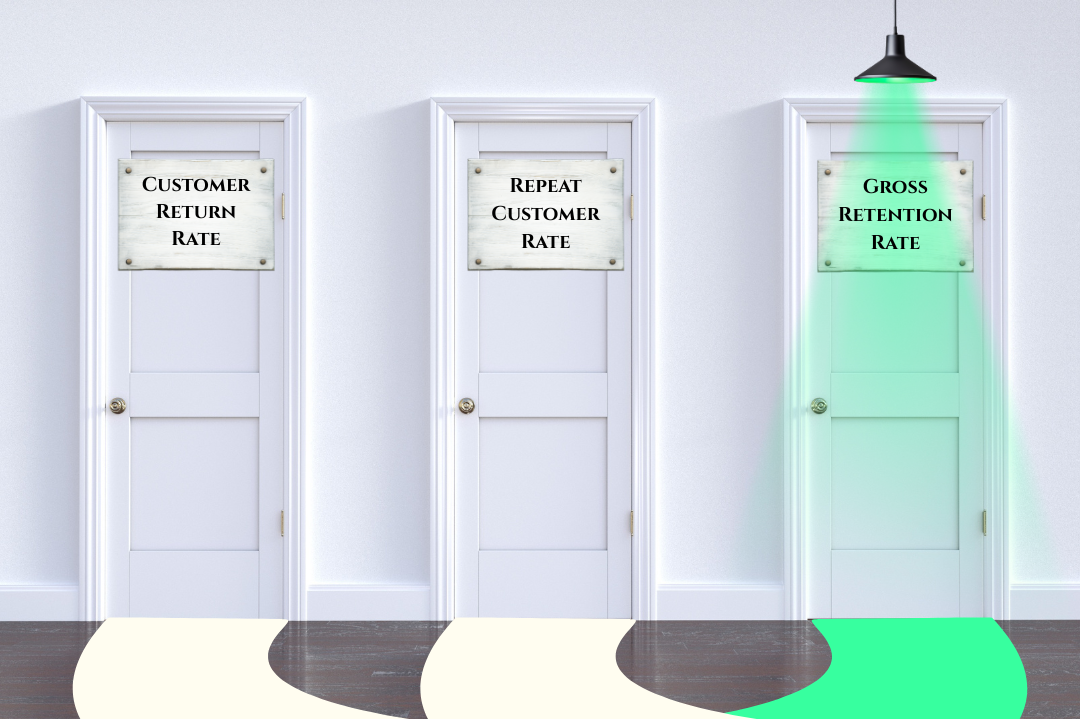March 24, 2025

Growth is often synonymous with acquiring new customers. Many brands allocate significant portions of their budgets to advertising, influencer marketing, and promotions—all aimed at bringing in fresh faces to their customer base. But is this focus on acquisition at the expense of retention really the most sustainable strategy? The answer lies in understanding the economics of the customer lifecycle and the true value of "Customer Movement."
It’s well-documented that acquiring a new customer can cost five to seven times more than retaining an existing one. Acquisition campaigns require ongoing investments in paid media, creative production, and often, hefty discounts to lure first-time buyers. In contrast, retention-focused initiatives, such as loyalty programs, email marketing, and personalized experiences, typically deliver a higher return on investment (ROI) over time.
For instance, consider a brand spending $50 to acquire a customer who makes an initial purchase of $75. After factoring in the cost of goods sold (COGS), shipping, and other expenses, the profit margin shrinks considerably. On the other hand, retaining an existing customer might involve an email marketing cost of just $1, leading to a repeat purchase of $75 with significantly higher profitability.
Customer lifetime value (LTV) is a key metric for understanding the long-term impact of retention. Loyal customers tend to spend more per transaction, purchase more frequently, and are more likely to advocate for your brand. This multiplier effect means that even a small improvement in retention rates can drive exponential growth in revenue.
A 5% increase in customer retention has been shown to boost profits by 25% to 95%, according to research by Bain & Company. These retained customers also contribute to organic growth through referrals and word-of-mouth, reducing the dependency on costly acquisition channels.
The concept of "Customer Movement" shifts the focus from one-time transactions to building a community of engaged, loyal customers who move fluidly through different stages of the customer lifecycle. Instead of viewing acquisition and retention as separate silos, "Customer Movement" emphasizes the interconnectedness of these efforts.
This approach requires brands to:
All the above ensure that Brands create movements that turn customers into lifelong advocates. 🚀
While retention is often more profitable, acquisition is still a critical component of growth. However, the key lies in finding the right balance. Brands that integrate retention strategies into their acquisition efforts—such as onboarding programs, first-purchase incentives tied to loyalty programs, or value-driven messaging—are more likely to build a sustainable business model.
By fostering "Customer Movement," brands can create a seamless experience that encourages new customers to become loyal advocates. For example, instead of offering a one-time discount to new customers, why not invite them to join a loyalty program that rewards them for ongoing engagement? This not only reduces churn but also increases the chances of repeat purchases.
Brands that prioritize acquisition over retention often face hidden costs that erode profitability:
To unlock the full potential of the "Customer Movement," brands need to view retention as a core growth strategy rather than an afterthought. This shift involves:
Growth isn’t just about acquiring new customers—it’s about keeping them engaged, connected, and coming back. Brands that focus solely on transactions risk missing the bigger opportunity: creating a Customer Movement that turns buyers into loyal advocates.
Cohora helps brands go beyond traditional retention strategies by leveraging a 360° customer view, actionable data, and personalized engagement to foster deeper connections. With a community-driven approach, brands can create meaningful interactions that drive long-term loyalty and revenue.
With Cohora, you're not just retaining customers—you’re igniting a Customer Movement that fuels sustainable growth.


.png)


